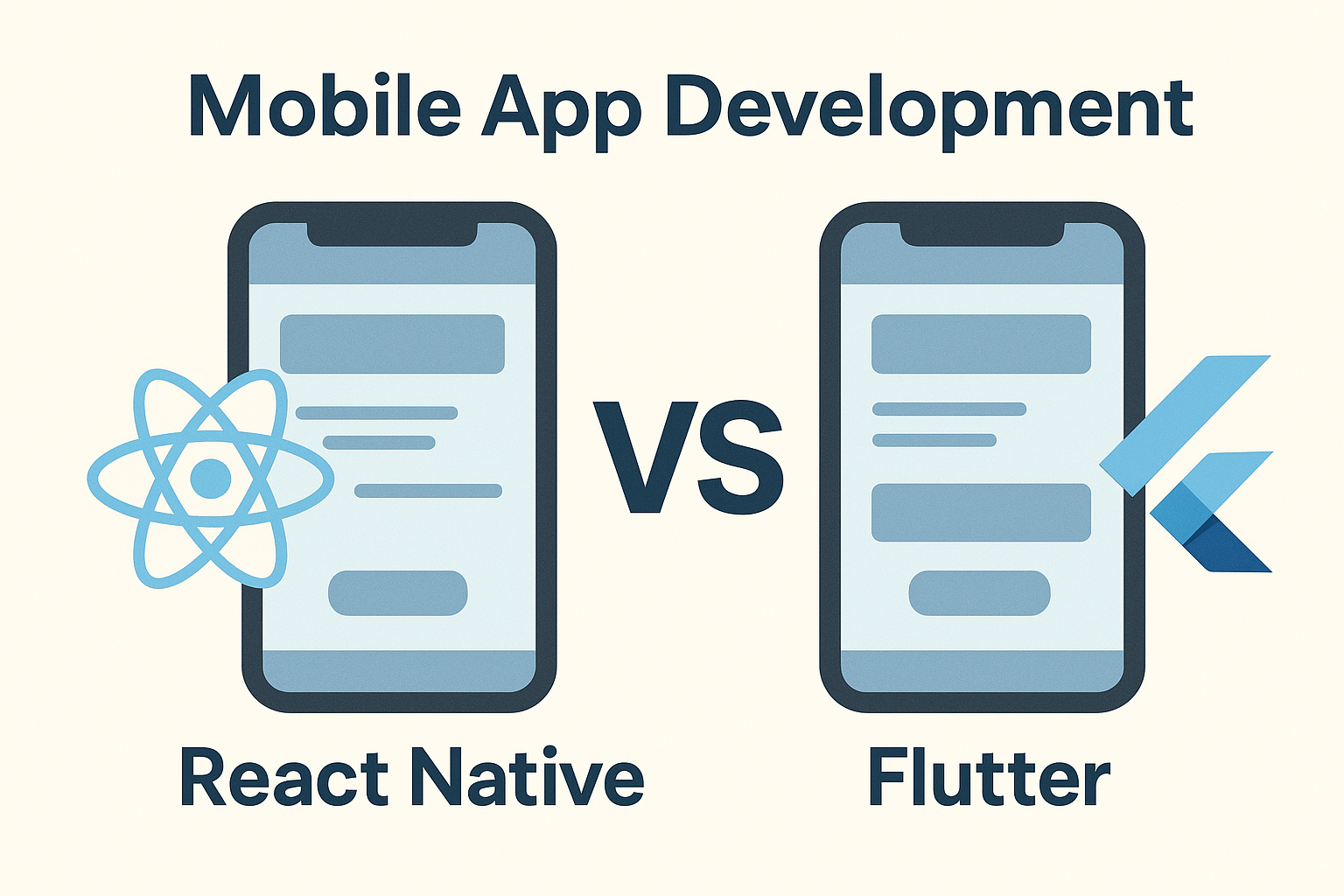When I first started with React, I loved how easy it was to build UIs. But the moment I needed server-side rendering, SEO optimization, or backend APIs, everything got messy. That’s where Next.js came to the rescue.
With Next.js 13+ (and now 14), things got even better thanks to the App Router, Server Components, and powerful data-fetching patterns. This article is your in-depth guide to building scalable, full-stack apps with Next.js.
1. Why Choose Next.js Over Plain React?
React is amazing for the frontend, but:
• It doesn’t handle SEO well (everything renders on the client).
• It doesn’t come with routing out of the box.
�� You need extra setup for API routes, image optimization, and caching.
Next.js fixes all that by adding:
✅ File-based routing (app/ or pages/)
✅ Server-Side Rendering (SSR) and Static Site Generation (SSG)
✅ Built-in API routes (no need for Express for small apps)
✅ Image optimization with next/image
✅ Edge + Serverless deployment ready
In short → React is the engine, but Next.js is the sports car built around it.
2. The App Router: A Game-Changer
Older versions of Next.js used the pages/ directory. But now, with Next.js 13+, we have the App Router (app/), which makes things way more powerful.
Key differences:
• Every folder in app/ can be a route.
• Uses React Server Components (RSCs) by default → faster and lighter.
• Built-in layout support (no need to repeat navbar/footer code).
If you go to /dashboard/settings, Next.js will render the root layout, then the dashboard layout, then the settings page. This is nested layouts made easy.
app/
├── layout.tsx // shared layout
├── page.tsx // homepage
├── about/
│ └── page.tsx
├── dashboard/
│ ├── layout.tsx
│ ├── page.tsx
│ └── settings/
│ └── page.tsx3. Rendering Modes in Next.js
Next.js gives you control over how pages render:
• Static Site Generation (SSG) — pre-renders at build time
export async function generateStaticParams() {
return [{ id: "1" }, { id: "2" }];
}export default async function Page() {
const res = await fetch("https://api.example.com/data", { cache: "no-store" });
const data = await res.json();
return <div>{data.title}</div>;
}"use client";
import { useEffect, useState } from "react";
export default function ClientPage() {
const [data, setData] = useState<any>(null);
useEffect(() => {
fetch("/api/data")
.then((res) => res.json())
.then(setData);
}, []);
return <div>{data?.title}</div>;
}4. API Routes in Next.js
You don’t always need a separate backend. With Next.js, you can create APIs directly inside your project.
// app/api/hello/route.ts
import { NextResponse } from "next/server";
export async function GET() {
return NextResponse.json({ message: "Hello from Next.js API!" });
}5. Authentication with Next.js
Authentication is one of the trickiest parts in web development. Thankfully, NextAuth.js works seamlessly with Next.js.
Install NextAuth:
npm install next-auth// app/api/auth/[...nextauth]/route.ts
import NextAuth from "next-auth";
import GitHubProvider from "next-auth/providers/github";
export const authOptions = {
providers: [
GitHubProvider({
clientId: process.env.GITHUB_ID!,
clientSecret: process.env.GITHUB_SECRET!,
}),
],
};
const handler = NextAuth(authOptions);
export { handler as GET, handler as POST };"use client";
import { useSession, signIn, signOut } from "next-auth/react";
export default function Navbar() {
const { data: session } = useSession();
return (
<nav>
{session ? (
<>
<span>Welcome, {session.user?.name}</span>
<button onClick={() => signOut()}>Logout</button>
</>
) : (
<button onClick={() => signIn("github")}>Login with GitHub</button>
)}
</nav>
);
}6. Database Integration (Prisma + Next.js)
If you want a real backend, you’ll need a database. The best combo is Prisma + PostgreSQL.
Install and initialize Prisma:
npm install prisma @prisma/client
npx prisma init// prisma/schema.prisma
model User {
id Int @id @default(autoincrement())
name String
email String @unique
}import { PrismaClient } from "@prisma/client";
const prisma = new PrismaClient();
export async function GET() {
const users = await prisma.user.findMany();
return Response.json(users);
}7. Deployment
The best place to deploy a Next.js app is Vercel (made by the same team).
Push your code to GitHub, import the repo into Vercel, and deploy. Vercel automatically handles serverless functions, edge caching, and image optimization.
8. Key Takeaways
• Next.js turns React into a production-ready framework.
• Use the App Router for layouts and server components.
• Choose the right rendering mode (SSG, SSR, CSR) based on your needs.
• Use built-in API routes for small backends.
• For auth → NextAuth.js. For DB → Prisma. Deploy easily on Vercel.




